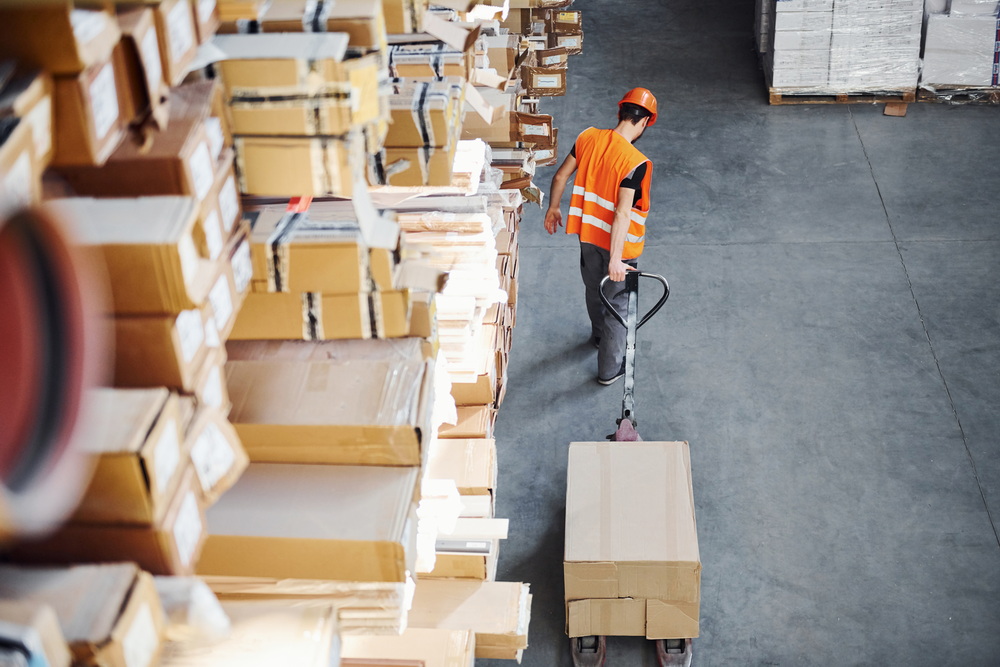Online shopping grew an astonishing 43% in 2020, fueled mainly by coronavirus lockdowns and stay-at-home orders. As you might expect, Federal Trade Commission (FTC) complaints involving online shopping also spiked significantly. Much of the increase was due to customers never receiving the orders they paid for. Who is to blame when that happens?
It is easy to blame the shipper. After all, responsibility for a package squarely falls on the shipper after said package is received from the seller. But seldom are shipping problems that easy. There are a lot of moving parts here, moving parts that can be gummed up by all sorts of unexpected things.
Preferred Shipping is a Texas company that specializes in door-to-door international shipping. They are also an authorized DHL reseller. They say that shipping can be delayed or complicated by a whole host of things.
Incorrect Shipping Labels
Shippers rely on accurate labels to get packages where they need to go. Furthermore, they are a lot more likely to depend on digital codes and scanners. Gone are the days when sorters and delivery drivers would read address information as a matter of course. Today, everything is done using electronic scanners and computer software.
An incorrect label does not mean much to a delivery driver because they have been trained to do what computer software instructs them to do. So if a seller creates an inaccurate shipping label, the chances of a missed delivery go up.
Poor quality labels are another issue. Low quality printing that does not generate clear QR and barcodes lead to errors. A misread code can throw everything off.
Inexperienced Delivery Drivers
Discussing incorrect shipping labels isn’t intended to pass all the blame for delivery problems onto sellers. There are times when shippers are the bigger problem. The last several years have been especially difficult for shipping companies simply because demand has been so high. They have been forced to bring on record numbers of new drivers tasked with jumping in and doing the job without a whole lot of training.
The job of a delivery driver isn’t as easy as it sounds. It takes a while for an inexperienced driver to master it. New drivers need to learn how to efficiently plan routes, verify delivery addresses, keep track of packages, and so on. There is a steep learning curve involved. Unfortunately, it can lead to missed deliveries while drivers are still learning.
Buyer-Initiated Problems
Though consumers are often reluctant to admit it, there are times when delivery problems are of their own making. Entering delivery information online is a key pain point. Think of it this way: how many of us enter our home addresses but never go back to double check the information provided? Just missing one number in your house address can make an enormous difference.
There is also the issue of porch piracy. Despite so many media reports discussing the problem, there are consumers who refuse to believe they could be victimized. They are quick to assume a problem with the seller or shipping company when a package doesn’t arrive. But could it be the package did arrive, only to be stolen off the customer’s front porch?
It is true that most of the responsibility for getting packages to their destinations quickly and safely lies with shipping companies. But both buyers and sellers play a role, too. Assuming problems are always the shipper’s fault isn’t good policy. A better approach is to look at the entire transaction as a whole, exploring the possibility that all parties might have played a role in shipping woes.


